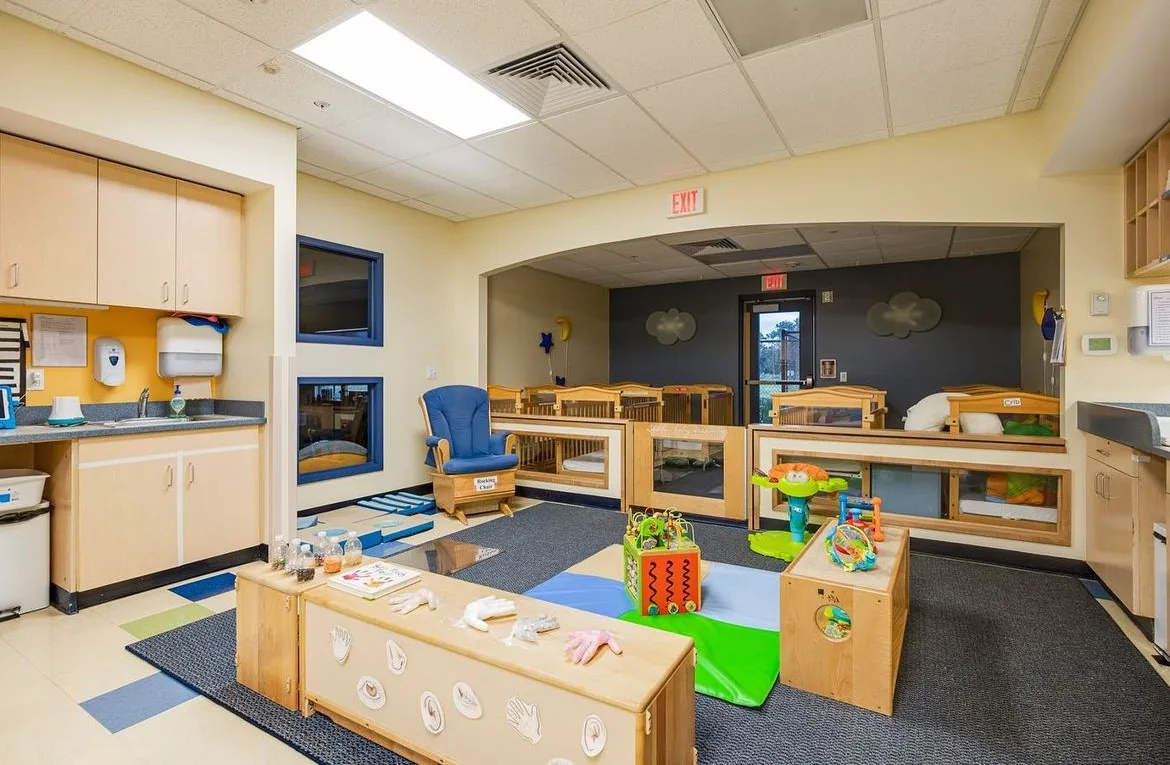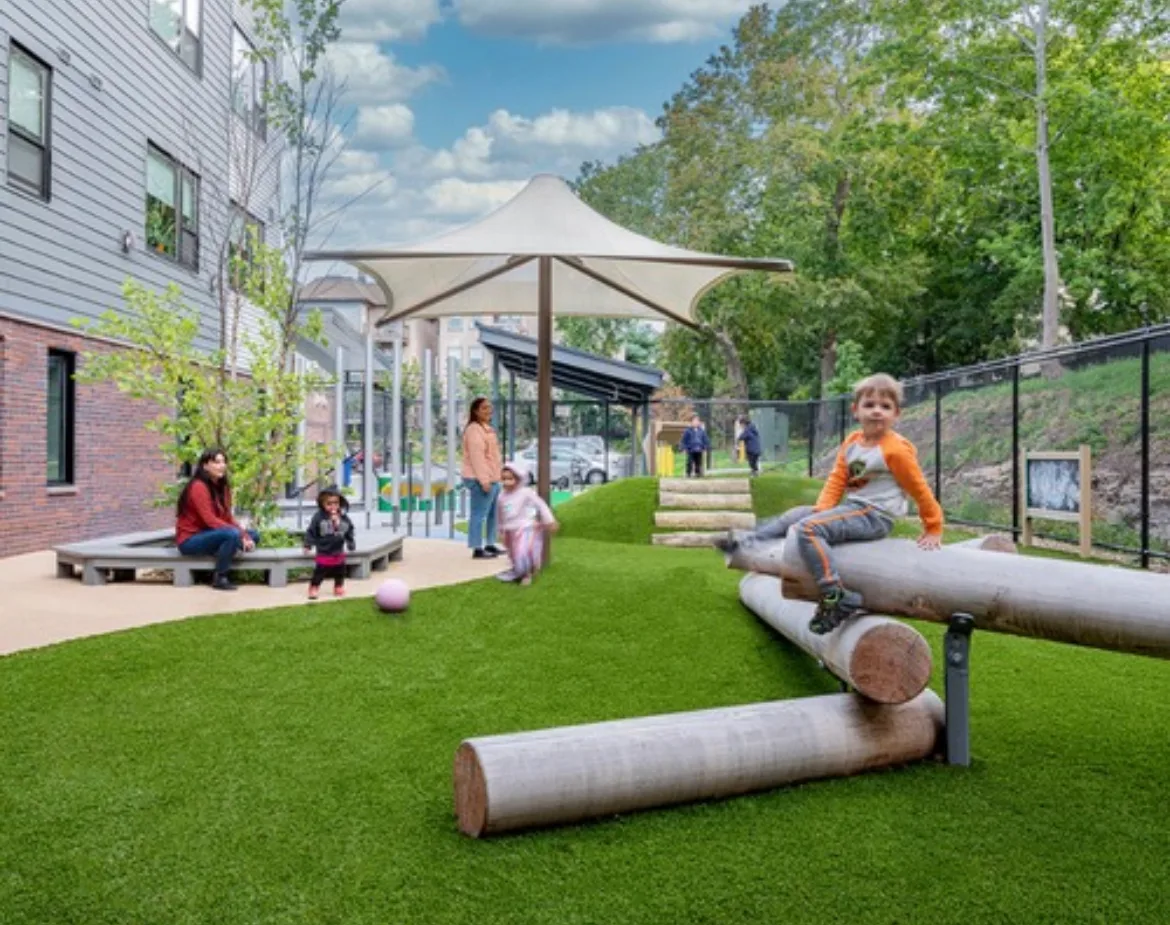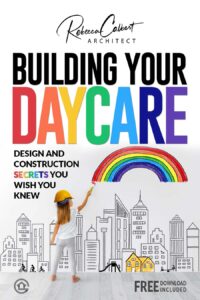Imagine you are on the verge of making a crucial business decision – buying a childcare center building. It’s an investment that doesn’t just involve significant
financial input, but also carries the responsibility for hundreds of little lives. The building’s safety, location, layout, accessibility, and the potential for expansion are just some of the key aspects you need to consider before closing the deal. The article “What to Look for When Buying a Childcare Center Building” provides detailed insights to guide you through this complex process, ensuring you make a well-informed decision.
Understanding Local Childcare Regulations
Before making the big decision to purchase a building for your childcare center, it’s crucial to get to grips with local childcare regulations. Regardless of your passion and good intentions, these laws and regulations are there to ensure the well-being and safety of the children. Therefore, undeniably, having a comprehensive understanding of these will help you run your center successfully and avoid any legal hassles.
Importance of Regulatory Compliance
Adherence to regulations is not just a legal requirement, but it also fosters a safe and nurturing environment for children. Regulatory compliance provides credibility to your center, making parents feel more secure when entrusting their children to you. Additionally, it sets a minimum standard of care for children which ensures they receive a stimulating, engaging, and safe experience during their early years.
Familiarity with State and Local Childcare Licensing Requirements
Remember that each state has different childcare licensing requirements and the standards set often differ too. Therefore, you must familiarize yourself with these guidelines in your particular location. This includes the structural requirements of a building, staff-to-child ratios, educators’ qualifications, and emergency procedures.
The Role of Health and Safety Regulations
Compliance with health and safety regulations is at the heart of running a childcare center. These guidelines stipulate the cleanliness standards, food safety procedures, first-aid accessibility, and the necessity for ensuring child-friendly materials.

Choosing the Right Location
Consideration of the location is yet another crucial step in the process. When it comes to childcare centers, parents appreciate convenience and safety above all.
Factors Influencing Location Choice
While choosing a location, it is vital to determine factors such as accessibility, community needs, and potential competition. Also, consider the proximity of schools as this may allow for after-school programs, further enhancing your offerings.
Proximity to Homely Neighborhoods or Offices
Owing to their convenience, centers located in residential areas or close to offices are more sought after by parents. It might be worth considering targeting areas with young families or a high population of working parents.
Safety and Convenience of Access
Make sure that the center is easily accessible and safe, not just for the children but also for their parents. Check for safe parking facilities, adequate lighting, and a safe neighborhood.
Availability of Outdoor Space
Outdoor play is essential for children’s development. A location with enough outdoor space will not only help the children benefit from fresh air and physical activities but will also be attractive to parents.
Evaluating the Building Infrastructure
Once you have zeroed in on a potential location, taking a closer look at the building itself should be your next step. It’s time to take into account the size, condition, and adaptability of the building.
Building Size and Capacity
Ensure that the building has adequate space to accommodate the
number of children you plan to enroll safely. It is also important to have enough room for necessary amenities such as a kitchen and restrooms and separate areas for different activities.
Structural Soundness and Building Safety
An assessment of the structure’s integrity will allow you to ensure the building is safe and in compliance with regulatory standards. Avoid buildings with potential hazards like mold, asbestos, or crumbling infrastructure.
Availability of Necessary Utilities
Without utilities like water, electricity, heating, and air conditioning, running a childcare center will become impossible. Therefore, you need to make sure these utilities are in good working condition.
Adaptability for Childcare Center Modifications
Also, think about your plans for the center – will the existing building layout support your childcare center’s operating model or will it need modifications? Will the cost and time for the modifications justify the purchase?
Assessing Outdoor and Play Areas
We covered the importance of having outdoor space, but now more considerations are in place. Is that space appropriate for children to use?
Presence of Safe and Secure Outdoor Play Space
Not only should there be enough outdoor space, but safety is equally important. Make sure there’s no dangerous equipment or potential hazards in the play area.
Opportunities for Physical Activities
Be observant of how the outdoor space could be used for physical activities like running, climbing, and jumping to encourage active play.
Availability of Shade in Outdoor Areas
It’s just as important to provide shade as it is to provide space. There should be plenty of shaded areas for kiddos to get respite from the sun during outdoor activities.
Appropriate Fencing and Security Systems
Ensure that the outdoor space is securely enclosed with
child-friendly, sturdy fencing and surveillance systems for the safety of your little ones.

Checking Indoor Facilities and Amenities
Moving onwards, we will look at the
layout of the interior. Can it adequately cater to your childcare program and be a great environment for kids?
Appropriate Number of Classrooms
There must be ample classroom space to accommodate different age groups and for various activities such as dining, napping, playing, and learning.
Presence of Necessary Amenities
Essential amenities like restrooms and kitchen facilities should be in place. Other spaces such as storage areas, administrative spaces, and meeting rooms for staff are also needed.
Indoor Safety Measures
Ensure that all safety measures like safety plugs, corner protectors, finger-safe door protectors, non-skid mats are in place.
Opportunities for Interactive and Educational Activities
Look around and envision how space could be transformed into a dynamic learning environment. Could you see locations for arts and crafts, reading areas, imaginative play? These are all essential in a comprehensive childcare program.
Inspecting Health and Safety Measures
At no point can the importance of health and safety be understated. A major part of your considerations must be dedicated to ensuring that the environment is safe for children and staff alike.
Availability of First Aid Equipment
Check to see if there is an adequate place for storing first-aid supplies and that it is easily accessible for all staff, but not the children.
Fire Safety Equipment and Emergency Exits
Confirm that there is enough fire safety equipment and clearly marked emergency exits. Fire evacuation plans should also be in place and easily visible.
Non-toxic and Child-Friendly Materials
All materials used in the center, including toys, furnishings, and paint, should be child-friendly and non-toxic.
Sanitation and Cleanliness Standards
Maintaining high hygiene levels is essential in a childcare setting. Ensure there is a place for washing toys and equipment and the overall cleanliness of the setting is maintained.
Analyzing the Financial Aspect
Now it’s time to look at the money matters. You might have found a building that ticks all the boxes, but if it’s not economically feasible, it might not be the right fit.
Understanding the Market Value
Ensure you understand the
current property market and that the asking price of the building is fair. Professional real estate help could be valuable in this regard.
Estimating Renovation or Upgrade Costs
Try to work out the costs of any necessary renovations or upgrades to adhere to Childcare Regulations.
Forecasting Operational Costs
You should also consider the continual costs tied to the building such as utility bills, property taxes, and maintenance costs.
Potential for Profitability
Take a closer look at the potential profitability of your center. Consider the demographics, the competition, the demands, and your pricing strategy.
Soliciting Professional Help
Buying a childcare center is both exciting and daunting. Getting some help may just be worth your while.
Consulting with Real Estate Agents
A savvy real estate agent who knows the commercial property market and understands the specific needs of childcare centers can be invaluable.
Hiring a Building Inspector
Getting a building inspector on board will help you avoid unexpected surprises related to the structural integrity of the building.
Taking Advice from Childcare Professionals
Industry experts can provide insights into the practical aspects of running a childcare center. These may include designing educational spaces, setting up programs, and understanding the needs of children and parents.
Legal Assistance for Contracts and Licensing
It is also advantageous to have legal assistance to oversee contracts, licensing processes, and any regulatory requirements.
Considering Future Growth and Expansion
Before you ink the deal, also spare a thought on the possibilities of future growth.
Availability of Additional Space for Expansion
Check if there’s room to grow in the existing premises. Will it accommodate a bigger number of attendees in the future?
Assessing Local Demographic Trends
Future growth potential can also be gauged by studying local demographic trends. The number of children aged within your target group can be a good indicator.
Flexibility of Building Layout
If you’re planning to grow, will the current layout accommodate that growth? Is there room to create more classrooms or activity spaces?
Prospects for Increasing Enrollment
All future plans will hinge on having a steady stream of enrollees. So, make sure you always keep tabs on the demand for quality childcare.
Finalizing the Purchase
With all other factors considered, the last step is to finalize your purchase.
Negotiating the Terms of Sale
Before you sign on the dotted line, negotiate terms that are favorable for you. Talking about price is essential, but also look at other things like the closing date, contingencies, etc.
Completing Legal Ownership Transfer
A title company usually handles the legal transfer of property ownership. Be present and actively ask questions to understand what’s happening.
Applying for Necessary Permits and Licenses
Lastly, don’t forget to apply for necessary permits and licensing from local governing bodies post-purchase.
Developing a Transition or Opening Plan
Once you have sealed the deal, it’s time to plan your grand opening. Whether it is a new center or a transition from a previous one, have a thoughtful and well-executed plan to make a good first impression.
Congratulations! With these steps, you’re now ready to embark on an exciting business journey by
buying your childcare center building. Be assured that your determination and planning will help you create a wonderful environment for many children and their families.






